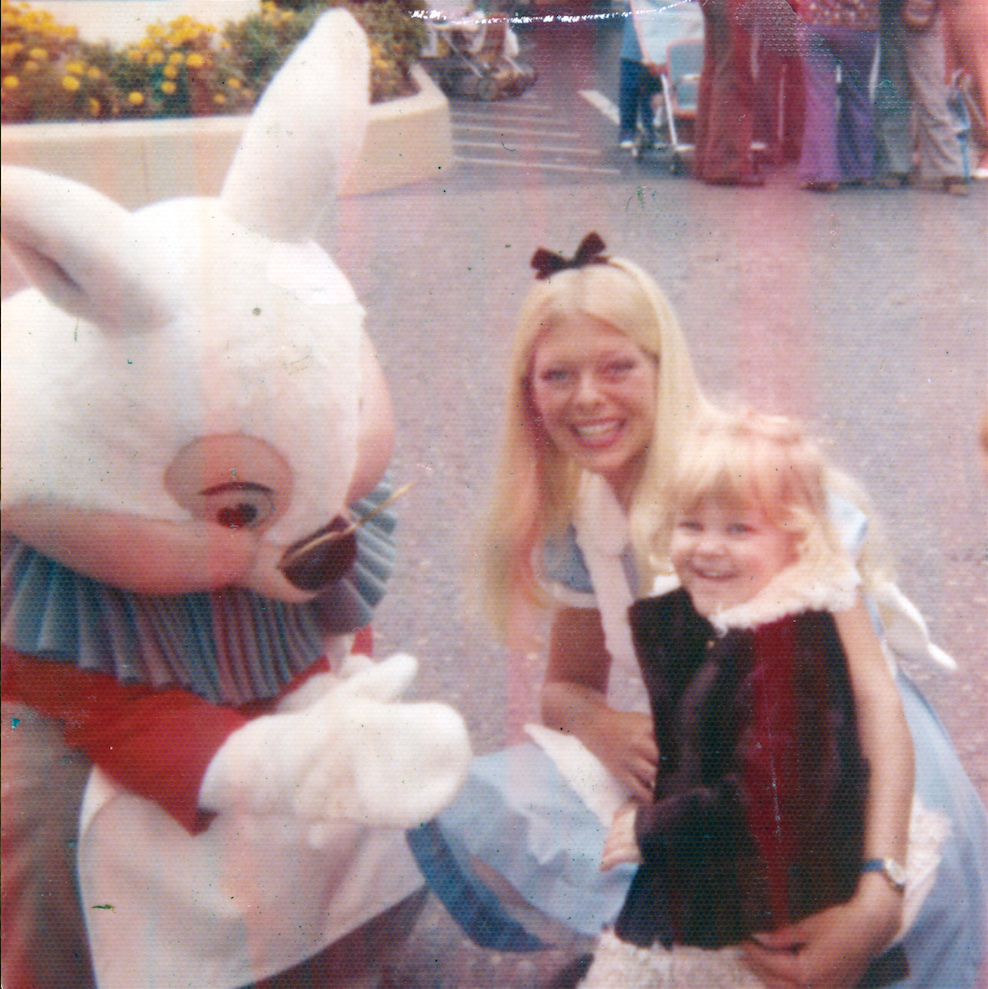On a regular basis, we ask members of our team to answer five questions about their positions at The Walt Disney Family Museum, their fondest Disney memories, and other personal tidbits.
This month, we'd like to introduce you to someone who plays a significant role in ensuring that our collection is given great care So today, we're asking Tonja Morris ... what do YOU do?
WDFM: What is your title and what do YOU do here at The Walt Disney Family Museum?
My title is Art Conservator. As a member of the Collections Team, I examine, document, and address condition concerns regarding the objects in the collection. It is my job to determine the materials and technologies used to create the work of art or artifact, understand how these materials age and change over time, and to carry out any necessary steps for the safe storage and exhibition of the object. My main goal is to ensure the long-term stability and preservation of art and artifacts in WDFM’s collection.
I specialize in objects conservation. This means that I treat anything three-dimensional made of pretty much any material ranging from wood, plastic, painted surfaces, metal, ceramic, leather, papier-mâché, and even glitter and feathers. The broad range of materials is something that I find very fascinating in my work.

What is your fondest Disney memory OR what is your favorite gallery at The Walt Disney Museum and why?
My favorite gallery is Gallery 5, particularly the Pinocchio case. For me, the character models from Pinocchio hold a special place. They were the first objects I worked on in preparation for the opening of The Walt Disney Family Museum in 2009.
I loved being able to examine and document the statues from all the various angles and in a way I experienced how the animators used the character models in their work.
Most of them are made of painted plaster with metal armatures and the conservation treatments always prove to be interesting, challenging, and extremely satisfying in the end. To see an object that once was deteriorating and falling apart be stable enough to go on exhibit for visitors to enjoy is always a reward.
How does your job communicate and interpret the legacy of Walt Disney?
I help to communicate Walt’s legacy by preserving the physical objects that are used in the galleries to tell Walt’s story. With the proper care, all of these objects will continue to be seen and enjoyed for years to come by future generations. Walt’s story lives on through these objects and the objects touch, educate, entertain, and inspire us all.
Describe your workspace OR your favorite item on your desk.
My workspace is the conservation lab, which I share with another conservator who specializes in photographs and paper objects and a conservation technician. It is a relatively small room, but we do amazing work in there! We carry out the examination and treatment on every type of object imaginable. On any given day you might find a large poster, animation sketches on paper, various sized concept paintings, animation cel set-ups, and even tiny teacups from Walt’s miniature collection.
We are surrounded by a variety of tools that allow us to closely study each object, gain a better understanding of the artist’s methods and techniques, and determine which steps we should take in the preservation needs of each object in our care. My favorite tool in the lab is the stereomicroscope. It allows me to get up close and personal with the object. I am always amazed at what I see and what I discover!
Tell us a little known fact about you!
Twenty years ago I worked for America West Airlines as a baggage handler. A perk of the job was getting to fly for free and the first place I flew was to Orange County so I could spend a day at Disneyland, a favorite place from my childhood.
The second place I flew was Europe. While visiting a museum in London, I saw an oil painting covered with a very thin layer of paper. When I asked the security guard near the painting why it was covered he told me the paint was falling off the canvas and the paper was holding it in place until the painting was moved into the hands of a conservator. That moment marked the beginning of my journey in becoming a conservator.
